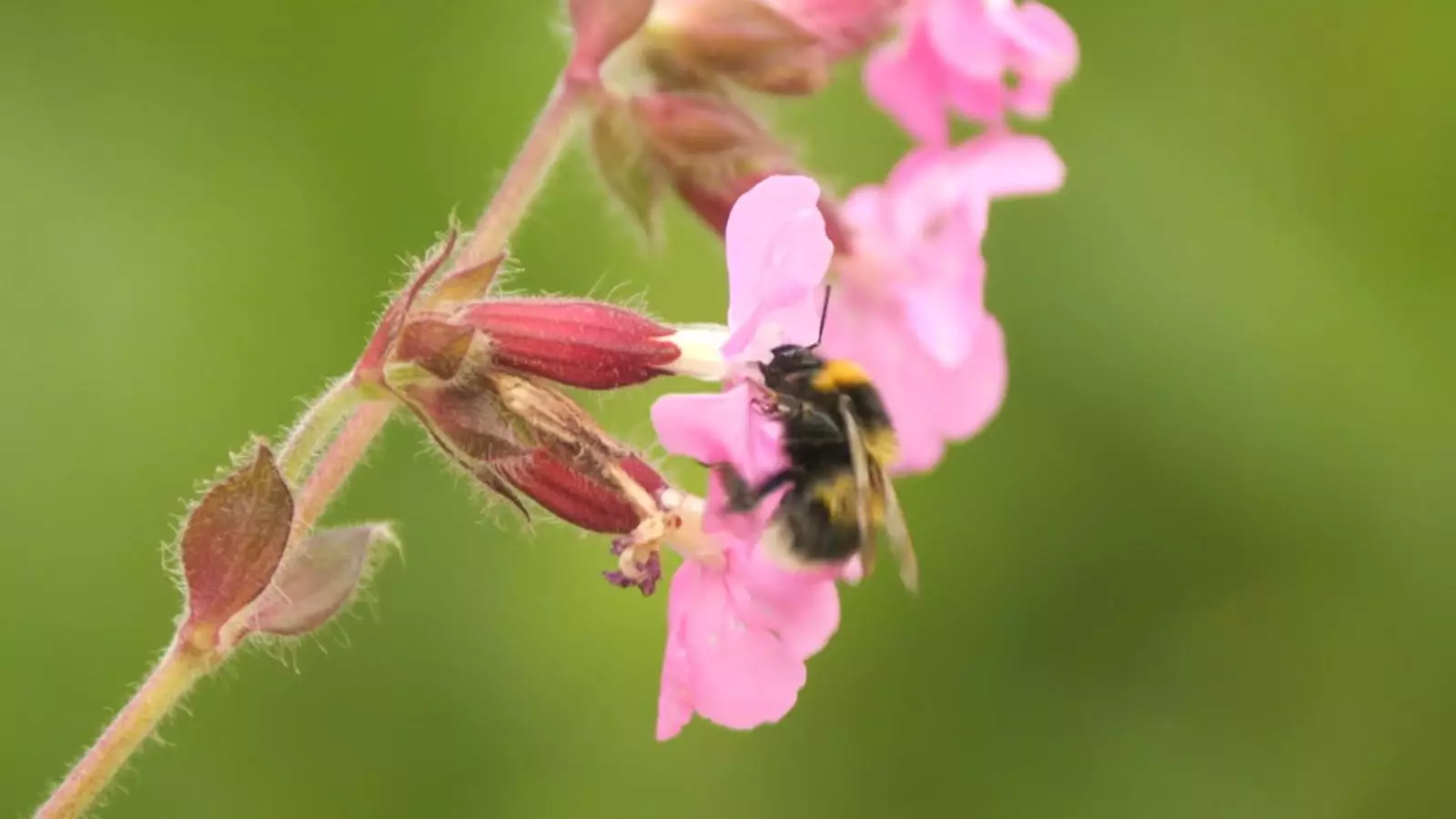The alarming decline of bee populations is not merely an environmental issue; it’s a direct affront to our food security and natures’ delicate balance. Kew Gardens’ recent initiative is a commendable attempt to understand this crisis, yet it highlights a broader failure in addressing the multifaceted causes behind the decline of our crucial pollinators. Habitat loss, climate change, and rampant pesticide use are the trifecta of threats wreaking havoc on bee populations globally, intensifying the existential crisis these pollinators face. Rather than a single study or initiative, what is urgently needed is a concerted global effort that encompasses comprehensive research, insightful policy reforms, and radical shifts in agricultural practices.
Advanced Techniques: A Step Forward or Too Little Too Late?
The innovative use of bio-acoustic sensors to monitor bee activity around trees marks a significant advance in the field of pollinator research. By tracking which tree species attract bees, scientists at Wakehurst aim to enlighten urban planners on effective planting strategies. This approach, while novel, brings forth the question of whether technology alone can reverse the catastrophic decline in bee populations. We must ask: will this initiative truly make a difference in the face of monumental challenges such as sprawling urbanization and climate change? As fascinating as the technology is, it often feels like rearranging deck chairs on the Titanic when the ocean is filled with obstacles that threaten the survival of our essential flying companions.
The Role of Urban Environments
Dr. Janine Griffiths-Lee’s assertion that nearly 90% of flowering plants depend on pollinators is terrifyingly significant. Yet, the focus on urban landscaping as a salvation seems misguided to many. The reality is that trees alone cannot counteract the larger systemic issues at play. Presenting trees as panaceas distracts from more substantial conversations about habitat preservation and the need for more significant ecological awareness within our urban environments. Urban planners and architects must be guided not only by scientific insights on tree species but also by a commitment to restoring broader ecosystems. Without this understanding, we risk cultivating an “urban oasis” that still neglects the larger battleground of biodiversity.
Species Selection: A Missed Opportunity for Conservation
The selection of eight species, including horse chestnut and lime trees, indicates an effort to balance native and non-native species. However, this approach raises concerns about ecosystem integrity. Depending on non-native species could lead to unforeseen consequences, such as increased competition with native flora and long-term impacts on local wildlife. What is sorely missing from this approach is the voice of conservationists who argue for a thorough consideration of local ecosystems, rather than a top-down selection based purely on immediate pollinator attraction. Understanding what bees need is crucial, but these efforts must align with efforts to prioritize and preserve native plants that form the backbone of local biodiversity.
The 535-Acre Living Laboratory: A Double-Edged Sword
Wakehurst estate’s grand description as a “living laboratory” is both inspiring and sobering. Yes, it serves as a living textbook for today’s environmental challenges, yet it also risks becoming an isolated endeavor if findings are not actively disseminated and integrated into larger ecological strategies. The notion that this one facility can provide solutions while the rest are left to operate business as usual simply cannot stand. Presenting this initiative as an innovative solution without the backing of collaborative, community-focused strategies misses the opportunity to truly engage with and educate individuals about the urgency of preserving our pollinators.
A Call for Holistic Environmental Solutions
The stakes are indeed high, as Susan Raikes aptly notes in her comments concerning the dual crises of climate change and biodiversity loss. But isn’t it more disheartening that such awareness often doesn’t propel societies toward substantial, holistic reforms? We need a renaissance in our environmental mindset—one that begins with recognizing the reality that solutions involving only incremental changes will ultimately falter. This is a race against time, and we must resist the temptation to settle for quick-fixes while the clock continues to tick relentlessly forward. The fight for our planet and its inhabitants demands urgency, unity, and a renewed commitment to deeper ecological understanding in every facet of policy-making, public education, and urban planning.

